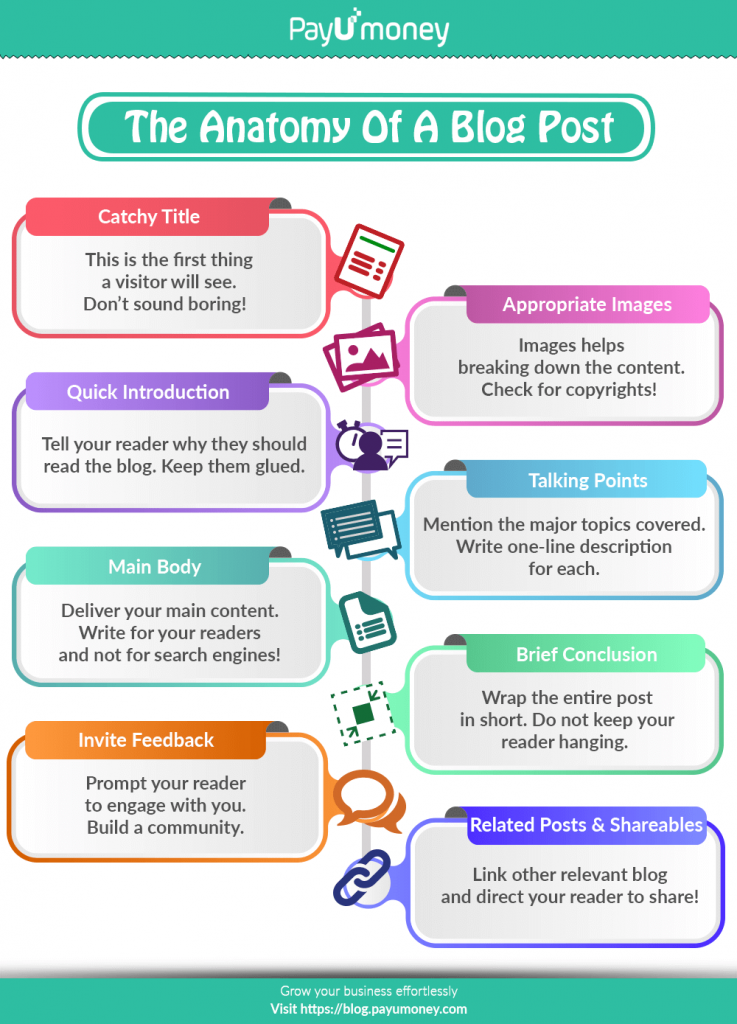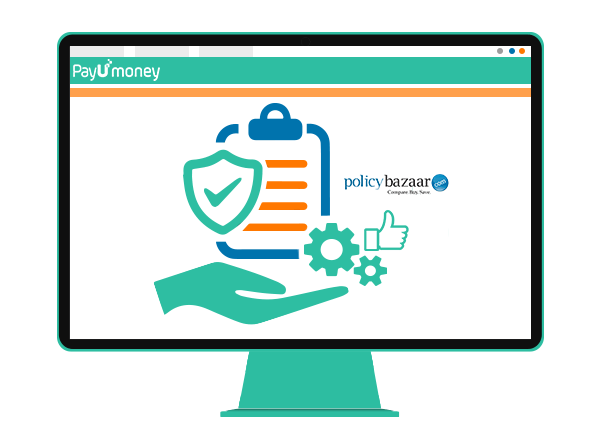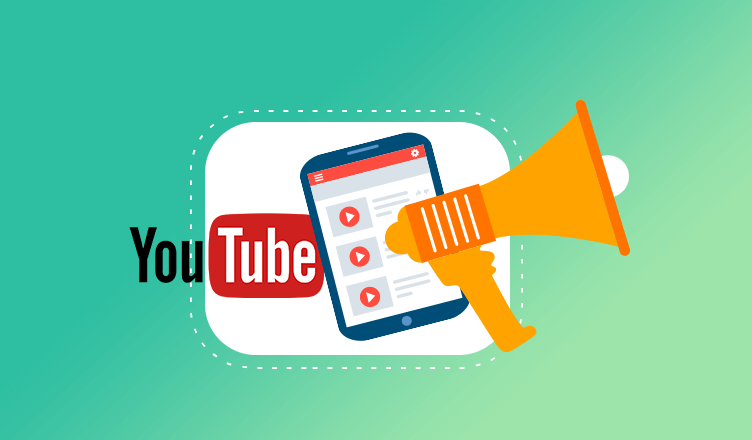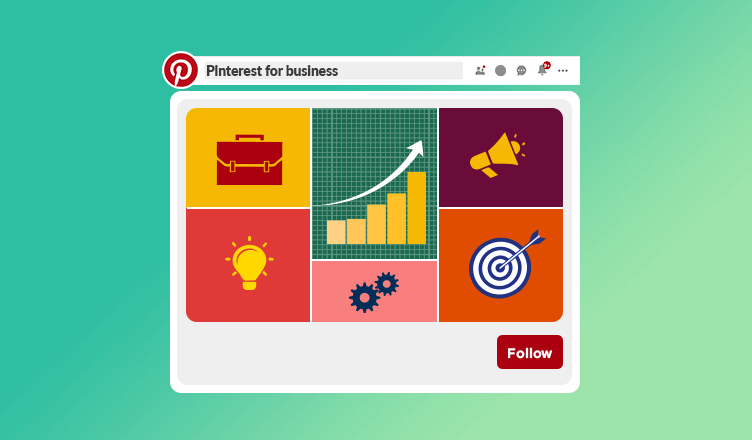Blogging is a crucial and an inseparable element of a successful content marketing strategy. In its literal sense, ‘blog’ is a short form for ‘web log’. The beginning of blogs can be traced down to early 1990s when individuals started publishing thoughts and stories on their website. Further, they used to share these blogs with like interest groups. They were limited to personal use. Today, blogging has evolved drastically. People and organizations from all walks of life, manage blogs to share their experience, insights, analysis, and criticisms in a domain they excel. Blogging holds a lot of potentials if done the right way! Read this blog to uncover your quest of how to write a blog that gets you the best results.
How To Write A Blog: 7 Steps To Master The Art
It is no wrong in saying that blogging is an art. It is an art of persuasion and sharing knowledge. You must have heard how blogging is one of the most successful marketing ways. But before you get started, it is important to learn how to write a blog. Here’s a quick guide to keep you at peace when you get started!
1. Understand Your Audience
Before you start writing your first post, have a clear understanding of your target audience. Find out what they want to learn. Understand their areas of interests. Analyze their online behavior (active platforms and hour of the day). Create a buyer persona. A buyer persona is a semi-fictional representation of your ideal customer/reader.
The idea is simple: to understand your readers’ need. For instance, if your readers are enterprise businesses, you don’t need to provide them with information about how to get started on social media. They already know that. What you need to talk is how to shift from the formal & standard way to more casual and personal approach. This type of tweak is what will separate your blogging from the generic blogs.
2. Create Your Domain
After you have a clear understanding of who are you going to talk to, the next step is to find a place where you will host each of your blog posts. This requires choosing a Content Management System (CMS) and a website domain hosting service. There are several CMS providers in the market. If you wish to start a blog independently, we recommend choosing WordPress. Sign up on WordPress and select free/paid plans and get started.
If you own a company and wish to get started with a blog for the same, you can do that by creating a subdomain that lives within your company’s domain. Some of the best web hosting service providers are:
- GoDaddy
- HostGator
- DreamHost
- BlueHost
Pro Tip: Before choosing a domain, make sure it does not exist on internet. Keep the domain catchy, self-explanatory and easy to remember!
3. Customize Your Blog’s Theme
Ones you have your blog domain set up, work on the appearance to reflect the purpose of your blog. For instance, if you are starting a blog for environmental sustainability, green must be a good color because it is usually associated with the conservation of nature. On the other hand, if you are at a stage when you are thinking of how to start a blog for your automobiles business, incorporate images of vintage cars and let the appearance do the talking!
Here are other things you must update right away:
- Logo: Add a high-resolution image of your brand logo and allow people to recognize you on the go!
- ‘About’ Page: Create a quick mission statement and let people know the purpose of your blog
- Contact Details: While you are halfway through establishing your blog, invite people to connect with you via emails or social media
4. Choose Your First Blog Topic
Before you even start writing, you need to pick a topic for your blog post. The best practice is to start with the basics. Identify the pain pointers your target audience must be facing and kick-off a conversation. If you are a service provider (like a banking app), create quick how-to guides that will assist your readers on the go.
Throw some light on the marketing trends. If ‘how to start a blog that beats the competitors’, is your question, the power lies in staying up to date and provide your readers with relevant knowledge. Most of the successful blogging sites plan a blog calendar for a quarter with a cluster topic approach. This approach refers to a way where you select one major topic (pillar blog) and write about it. This is followed by creating multiple supporting blogs about the same topic. This is one of the most important steps when you are starting off with your blog.
5. Create Your Blog
Ones you finalize your blog topic, start creating the first draft for your blog. The structure for all your individual should be consistent. The best way to structure your blog is to follow this rulebook:
How To Write A Blog: Beginner’s Guide
- Catchy Title: This is the first thing your reader will see. Make sure it is interesting. Keep it SEO optimized and catchy to read!
- Appropriate Images: Use self-explanatory cover image. You can experiment with GIFs too. Add images within the blogs. These can be an infographic, Graphical representation and so on. Remember, 75% of the marketers who use images in their blogs have better success metrics.
- Quick Introduction: Start with an introductory paragraph. Do not keep it too long but be clear with your topic. Let your readers know the gist of what they are going to read.
- Talking Points: Create a quick bullet list and introduce your readers with the major points covered in your blog.
- Main Body: Even though making the content SEO optimized is a must, make sure you don’t do keyword stuffing. Conduct proper research and produce quality rich content.
- Brief Conclusion: By the end of your blog post, give your reader a quick walkthrough of what was the takeaway. Connect all the dots and navigate them to other blogs.
- Invite Feedback: Know that each reader you get is an asset. After they have read your blog, invite them to share their feedback, recommendations, and suggestions.
- Related Posts & Shareables: Give links to more of your relevant blog posts and be open to social media sharing. This will directly increase your traffic! Do not forget to add appropriate call-to-action (CTA). This can be ‘Sign Up’, ‘Login’ ‘Buy Now’, ‘Subscribe’ etc.
6. Stick By The Checklist
Blogging is not just about writing a content piece and publishing it. There are various things apart from the main content. These includes:
- SEO Optimization: Tools like Keyword Planner have made the life of a blogger easier. After you have the first draft of your blog, look for the points where inserting your targeted keyword makes sense. Remember, Google is smart! Do not stuff your blog with keywords.
- Meta Description: Meta description are the descriptions that are shown below the title on your Google search page. They provide the searcher with a short summary of the entire post. Usually, the character limit is 150-160 words here. Make sure to make these descriptions actionable.
- Anchor Text: Anchor text is the word/ words that link to another page; either on your website or another website. Search engines takes anchor text as an important consideration when ranking your page for a certain keyword. Make sure you edit the anchor text carefully.
- Mobile Optimization: With the domination of mobile devices users, it is important to have a responsive website. In other words, having an interface that is designed for mobile has become a crucial part.
- Alternate Text: Search engines count on an alternate text as another important variable! Alternate text refers to the SEO optimization for your images. Make it a point to optimize your images so that you do not miss out on ranking on search engines!
7. Be Consistent!
Now that you are almost there, the key is in being consistent. Prepare a calendar and stick by it. Create a community of your readers and send them timely emails and newsletters. Another way to stay connected is to go for offline events. One on one conversation always gets the best results. Establish a connect with your audience and keep calling them back.
Create a mood board for your brand. A mood board is a type of collage consisting of images, texts and samples of object in a composition. To make it simple, create a brand guideline and stick by it.
At last, when these your basics are in place and you have a few blogs with you, start keeping a track of your blogs’ performance. Analyze what type of content works the best and plan your strategy accordingly. Blog performance: Measuring It The Right Way gives you an insight on how to measure your performance. Repurpose your blogs to different formats and share it across platforms to reach out to the maximum number of people.
These are the basics of getting started with your blog. In a world where millions of content pieces are uploaded daily, it is difficult and an important thing to make your content stand out. Blogging has come a long way from where it started. The advent of CRM, writing assistant tools and search engines have made the knowledge sharing platform a tough competition. How to write a blog is no more going to be a tedious task if you stick by these 7 points and execute them the best way!
With all the marketing efforts for your business in place, it’s a good idea to have an all-in-one payment solution in place as well. Be a part of PayUmoney family to enjoy the best payment gateway experience. Grow your business effortlessly!









Leave a Comment